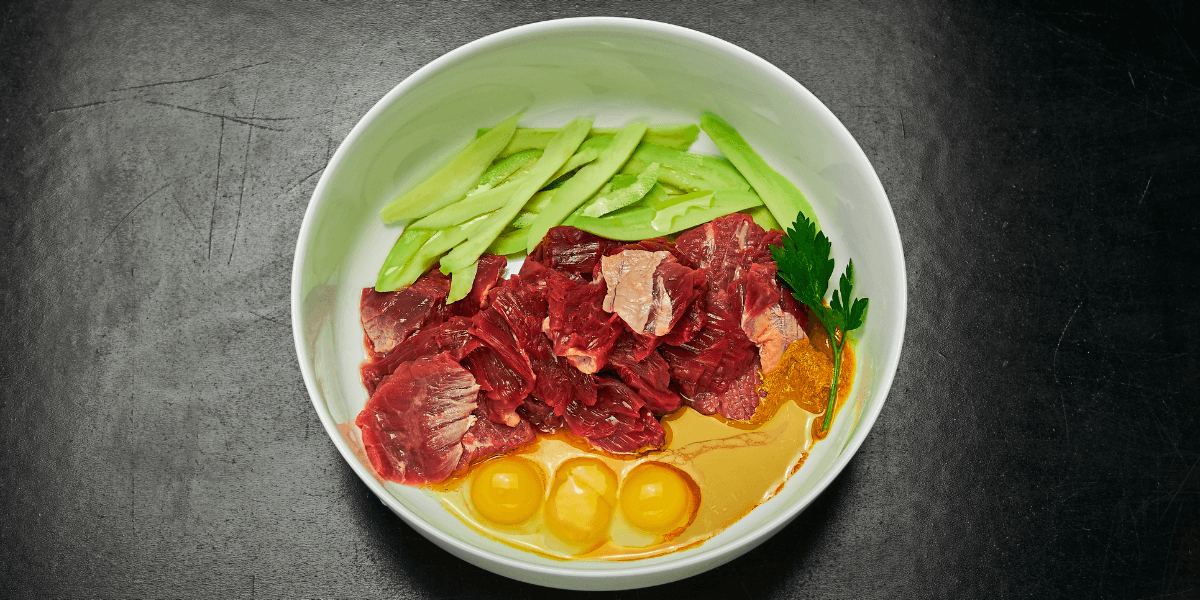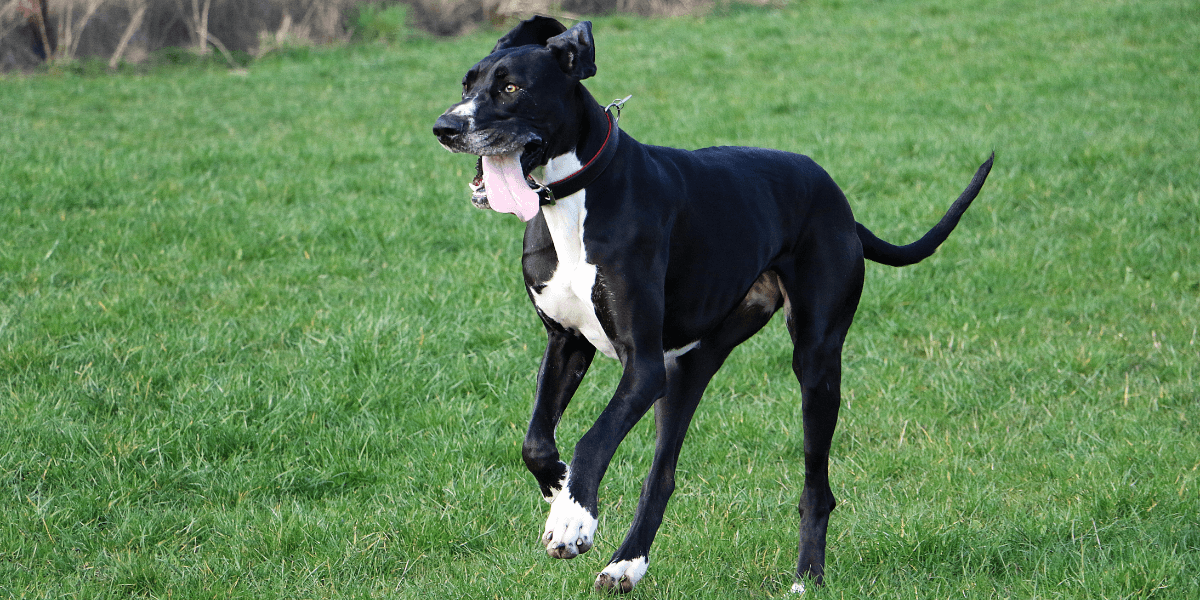Introduction
Understanding and managing hip dysplasia in Great Danes is crucial for ensuring long-term health.
- Great Danes are known for their majestic presence and gentle nature
- This common condition can significantly impact their quality of life
- Understanding how to prevent and manage hip dysplasia in Great Danes is essential
- In this guide, we’ll delve into practical advice, best practices, and expert tips
1. Understanding Hip Dysplasia in Great Danes

Hip dysplasia is a genetic condition where the hip joint doesn't fit into the hip socket properly.
- Genetic Factors: Ensure that your Great Dane's breeder screens for hip dysplasia
- Environmental Factors: Nutrition, weight management, and exercise play crucial roles
- Preventive Care: Regular vet check-ups can help detect hip dysplasia early
- Symptoms: Watch for limping, stiffness, or reluctance to move
- Treatment Options: Surgery, medication, and physical therapy can manage hip dysplasia
2. Early Detection and Diagnosis

Detecting hip dysplasia early can make a significant difference in managing the condition.
- Signs to Watch For:
- Limping or lameness
- Difficulty rising or lying down
- Decreased activity or reluctance to play
- Veterinary Screening:
- Regular vet check-ups
- X-rays for an accurate diagnosis
3. Proper Nutrition for Hip Health

A balanced diet is essential to prevent obesity and support joint health.
- High-Quality Food: Opt for brands with joint supplements like glucosamine and chondroitin
- Weight Management: Monitor your dog’s weight to prevent additional stress on the hips
- Omega-3 Fatty Acids: Include fish oil supplements to reduce inflammation
- Portion Control: Feed appropriate portions to maintain an ideal weight
- Regular Exercise: Combine diet with exercise to keep your Great Dane fit
- Hydration: Ensure your dog always has access to fresh water
For comprehensive resources, visit the Orthopedic Foundation for Animals (OFA) on canine hip dysplasia.
4. Exercise and Physical Activity

Proper exercise can help maintain muscle strength and joint flexibility.
- Low-Impact Activities: Swimming is excellent for joint health
- Avoid High-Impact Exercises: Limit jumping and running on hard surfaces.
- Daily Walks: Gentle walks help maintain fitness without stressing joints
- Indoor Play: Engage in controlled play to avoid strain on hips
- Rest Periods: Allow ample rest between activities to prevent overexertion
Check out PetMD's article on hip dysplasia for exercises that suit your Great Dane.
5. Surgical and Medical Interventions

Surgical and medical interventions can address common health problems in Great Danes.
- Medications: Anti-inflammatory drugs and pain relievers
- Surgical Options: Total hip replacement and Femoral head osteotomy (FHO)
- Physical Therapy: Strengthen muscles and improve mobility
- Regular Monitoring: Keep up with vet visits to track progress
- Supportive Bedding: Provide a soft bed to ease joint pressure
6. Home Care and Comfort

Providing a comfortable living environment can help manage symptoms.
- Orthopedic Beds: Invest in a high-quality orthopedic dog bed
- Slip-Free Flooring: Use rugs or carpets to prevent slips and falls
- Warmth and Comfort: Keep your dog warm, especially during colder months
- Easy Access: Ensure food and water are within easy reach
- Gentle Ramps: Use ramps instead of stairs to reduce joint strain
- Calm Space: Create a quiet area for rest and recovery
7. Regular Veterinary Care

Consistent veterinary care is crucial in managing hip dysplasia.
- Routine Check-ups: Schedule regular vet visits to monitor the condition
- Professional Advice: Follow your vet's recommendations on diet
- Treatment Plans: Adjust treatments as needed based on vet advice
- Early Detection: Regular exams can catch issues before they worsen
- Customized Care: Tailor your dog's care plan to their specific needs
The MSD Veterinary Manual offers a detailed guide to hip dysplasia in dogs.
FAQs
1. What is hip dysplasia in Great Danes?
- Hip dysplasia is a genetic condition causing improper hip joint formation
2. What are the symptoms of hip dysplasia?
- Symptoms include limping, stiffness, difficulty standing, and reduced activity
3. How can I prevent hip dysplasia in my Great Dane?
- Check Vetstreet's tips for managing hip dysplasia in dogs for practical advice and solutions
4. Is hip dysplasia hereditary?
- Yes, hip dysplasia is often inherited from the dog's parents
5. Can hip dysplasia be cured?
- While it can't be cured, it can be managed with treatment and lifestyle changes
6. What treatments are available for hip dysplasia?
- Treatments include weight management, medications, physical therapy, and surgery
7. How does diet affect hip dysplasia?
- A balanced diet helps maintain a healthy weight, reducing stress on joints
Conclusion
- Raising a Great Dane puppy with proper care and attention can ensure a healthier life
- By following these guidelines, you can help your Great Dane lead a more comfortable life
- If you found this article helpful, share it with other Great Dane owners
- Leave a comment below with your tips and experiences
- For breed-specific info, the Great Dane Club of America (GDCA) covers hip dysplasia in Great Danes
References
- American Kennel Club on Hip Dysplasia
- OrthoDogs: Managing Hip Dysplasia
- PetMD: Hip Dysplasia in Dogs
- A Guide to Preventing Joint Problems in Dogs
- Top Orthopedic Beds for Large Dogs with Hip Dysplasia
By incorporating these practices, you can ensure that your Great Dane remains healthy and happy, despite the challenges of hip dysplasia.




